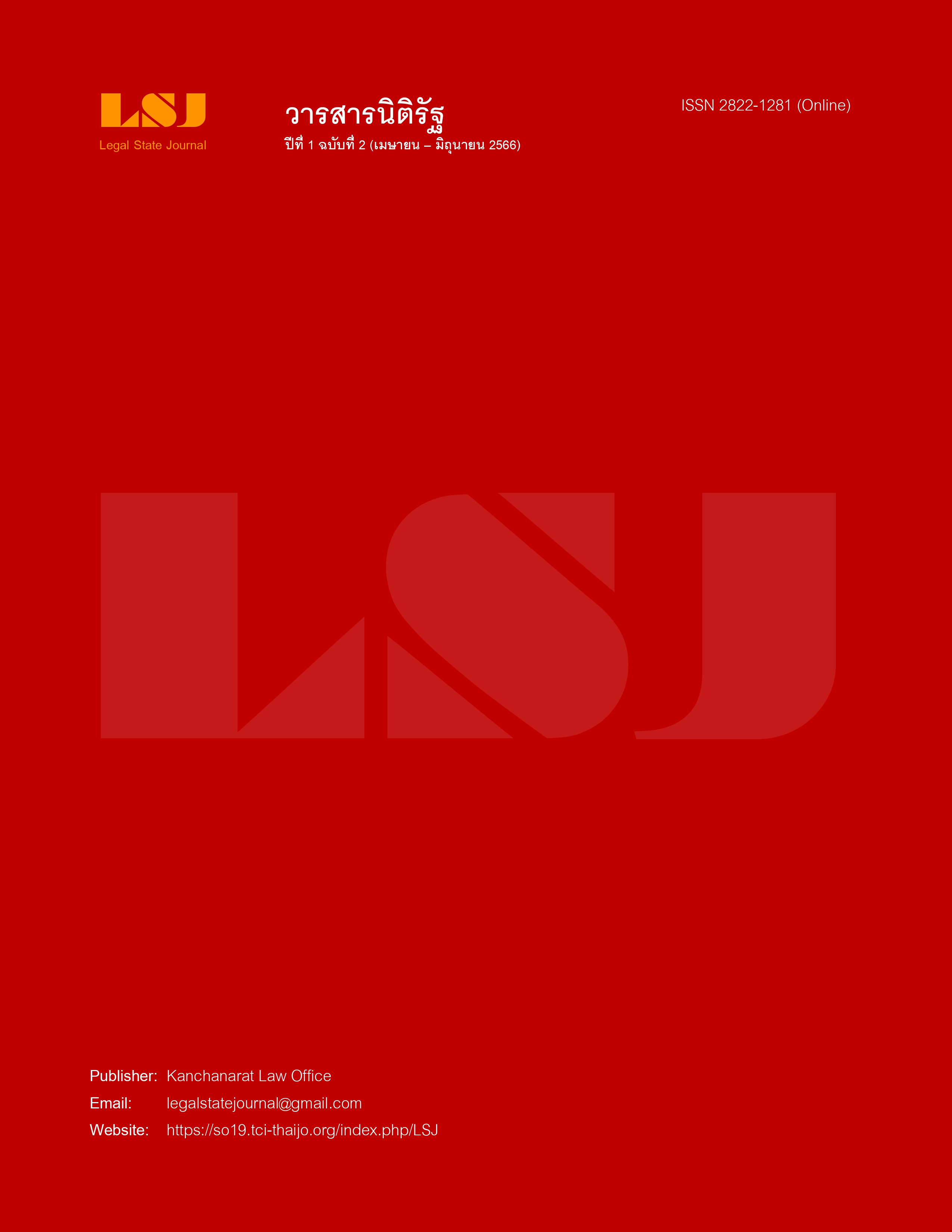การสังเคราะห์งานวิจัยที่เกี่ยวข้องกับการจัดการเรียนการสอนตามแนวพระพุทธศาสนา ที่ส่งผลต่อทักษะที่จำเป็นในศตวรรษที่ 21 โดยวิธีการวิเคราะห์อภิมาน
Main Article Content
บทคัดย่อ
Article Details

อนุญาตภายใต้เงื่อนไข Creative Commons Attribution-NonCommercial-NoDerivatives 4.0 International License.
บทความที่ตีพิมพ์เผยแพร่ในวารสารเป็นความคิดเห็นและความรับผิดชอบของผู้นิพนธ์ ไม่เกี่ยวข้องกับสำนักงานกฎหมายกัญจนรัตน
เอกสารอ้างอิง
กิตติชัย สุธาสิโนบล. (2564). การพัฒนารูปแบบการจัดการเรียนรู้พระพุทธศาสนาที่มีสติเป็นฐานการเรียนรู้ ที่เหมาะสมกับผู้เรียนระดับประถมศึกษาในสังคมไทยยุคปัจจุบัน. วารสารบัณฑิตศึกษา มหาวิทยาลัยราชภัฏวไลยอลงกรณ์ในพระบรมราชูปถัมภ์, 15(2), 40-53.
จุฬาลงกรณ์มหาวิทยาลัย. (2561). หลักสูตรครุศาสตรมหาบัณฑิต สาขาวิชาหลักสูตรและการสอน (หลักสูตรปรับปรุง พ.ศ. 2561). ค้นจาก https://www.edu.chula.ac.th/sites/default/files/users/user29/Programs/c1.2.3%20ปริญญามหาบัณฑิต%202561.pdf
แผนการจัดการเรียนรู้. (2564). ค้นจาก http://aritbooks.nrru.ac.th/uploadfiles/books/2-2018-08-30-08-45-01.pdf
พระมหาปริญญา วรญาโณ (ทศช่วย), พระครูสุธีคัมภีรญาณ และประยูรแสงใส. (2559). แนวทางการจัดการเรียนรู้ที่ยึดผู้เรียนเป็นสำคัญโดยใช้หลักไตรสิกขาเป็นฐานของโรงเรียนพระปริยัติธรรมแผนกสามัญศึกษาในเขตอำเภอเมืองขอนแก่น จังหวัดขอนแก่น. วารสารวิชาการธรรมทัศน์, 16(1), 114-123.
พระศักดิ์ดา ฉนฺทโก (สุวรรณทา) และสมศักดิ์ บุญปู่. (2558). กระบวนการพัฒนาผู้เรียนตามแนวพระพุทธศาสนาในสังคมไทย. วารสารศึกษาศาสตร์ มหาวิทยาลัยนเรศวร, 17(3), 144-153.
พระครูสิริปัญญาภรณ์ (สุธีร์วิสุทฺโธ/ตันโห), พระครูสุธีคัมภีรญาณ, ประยูร แสงใส และวรางคณา รัชตะวรรณ. (2559). รูปแบบการเรียนรู้ตามแนวพระพุทธศาสนาเพื่อพัฒนาความคิดสร้างสรรค์สำหรับเด็กนักเรียนประถมศึกษา สังกัดสำนักงานเขตพื้นที่การศึกษาประถมศึกษา มหาสารคามเขต 2. วารสารสถาบันวิจัยญาณสังวร, 7(2), 36-50.
โรงเรียนสาธิตพัฒนา. (2566). ระดับการศึกษา. ค้นจาก https://www.satitpattana.ac.th/web/secondary1.php
ศิริชัย กาญจนวาสี, ทวีวัฒน์ ปิตยานนท์ และดิเรก ศรีสุโข. (2555). การเลือกใช้สถิติที่เหมาะสมสำหรับการวิจัยทางสังคมศาสตร์ (พิมพ์ครั้งที่ 6). สำนักพิมพ์แห่งจุฬาลงกรณ์มหาวิทยาลัย.
สำนักงาน กศน. จังหวัดสกลนคร. (2564). รายงานผลการดำเนินโครงการพัฒนาแบบทดสอบย่อยออนไลน์ (Quiz Test) เพื่อยกระดับ ผลสัมฤทธิ์ทางการเรียนของนักศึกษาหลักสูตรการศึกษานอกระบบระดับการศึกษาขั้นพื้นฐาน พุทธศักราช 2551 ประจำปีงบประมาณ พ.ศ. 2563. ผู้แต่ง.
อัชฌา สุวรรณกาญจน์. (2564). เอกสารประกอบการอบรม การพัฒนางานประจำสู่งานวิจัย. ค้นจาก http://permboonlearningcenter.com/pdf/r2r/3.pdf
Becker, B. J., & Hedges, L. V. (1984). Meta-analysis of cognitive gender differences: A comment on an analysis by Rosenthal and Rubin. Journal of Educational Psychology, 76(4), 583-587.
Glass, G. V., McGaw, B., & Smith, M. L. (1981). Meta-analysis in social research. Sage.

